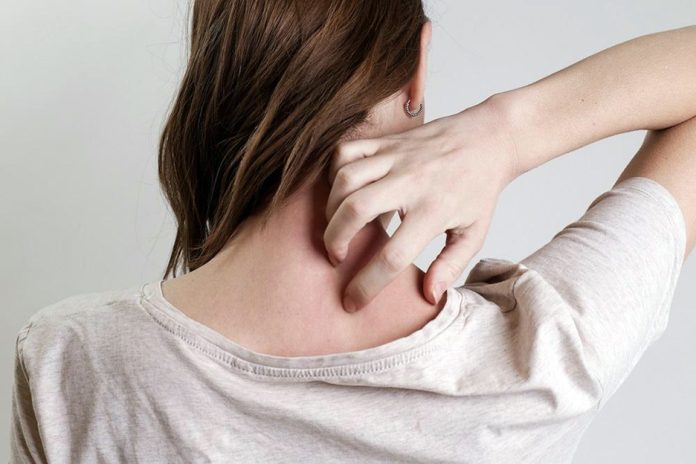A hump behind your shoulders, sometimes called a buffalo hump or a dorsocervical fat pad, is a buildup of fat behind and slightly below your neck. It is one sign of lipodystrophy, which is the medical term for a problem with how your body makes, uses, and stores fat. A hump by itself doesn’t always need to be treated, but it could be a sign of a serious underlying medical issue.
What Can Cause a Hump Behind Your Shoulders?
A hump behind your shoulders is usually caused by a condition or medication that affects your hormones, including:
Medications. Long-term use of corticosteroid medicines such as prednisone, cortisone, and hydrocortisone can cause a redistribution of fat that accumulates behind your shoulders. These medicines are used to treat inflammatory conditions because of their anti-inflammatory effect.
A hump behind your shoulders may also be caused by some medicines that are used to treat human immunodeficiency virus (HIV). This buildup of fat is called lipohypertrophy and is more common with older medicines. Newer HIV medicines are less likely to cause this side effect.
Cushing’s syndrome. This is a condition that occurs when your body makes too much cortisol. It can be caused by a tumor that affects your production of certain hormones. It can also develop as a side effect of taking steroids. Other symptoms of Cushing’s syndrome may include:
- Absent or irregular menstrual periods in women
- Excess facial or body hair in women
- Decreased sex drive in men
- Erectile dysfunction in men
- Decreased fertility in men
- Headaches
- Muscle weakness
- Fatigue
- Anxiety
- Depression
- Irritability
- Trouble thinking
- High blood pressure
- Difficulty controlling emotions
- Infections
- Skin darkening
- Impaired growth in children
- Bone loss
Madelung’s disease. This is a rare condition that affects your fat metabolism. It can cause an unusual buildup of fat around your neck, shoulders, trunk, hips, upper arms, and thighs. Madelung’s disease usually affects men between the ages of 30 and 70 who have chronic alcohol use disorder. However, women and people who don’t drink alcohol may get it as well.
The fatty tumors of Madelung’s disease are generally benign and painless. But they may compress important structures in your neck such as the airway, voicebox, esophagus, or carotid blood vessels. This can cause you to have problems with swallowing, breathing, or speaking. It may also cause peripheral neuropathy, which is when the nerves that run to your arms and legs are damaged.
Obesity. A hump behind your shoulders may be related to excess fat accumulation from obesity. Obesity causes many of the same symptoms as Cushing’s syndrome.
What’s the Difference Between a Buffalo Hump and a Dowager’s Hump?
Kyphosis is the medical term for a dowager’s hump. This is a rounded hunch that occurs at the base of your neck. It’s usually caused by chronic forward-leaning posture. Over time, this can cause you to develop a curve in the bones in your upper spine and a mass of tissue at the bottom of your neck.
A dowager’s hump can also be caused by osteoporosis. A compression fracture may cause an increased forward curve in your upper spine. This can cause you to drop your head forward more than normal. It can also be caused by a problem with how your spine formed before you were born. Another type of kyphosis, Scheuermann’s kyphosis, happens in teenagers when the spine doesn’t develop properly.
How Is a Hump Behind Your Shoulders Treated?
The treatment for a hump behind your shoulders will depend on the cause. Some treatment options may include:
Medication adjustment. If medicine is causing the hump behind your shoulder, your doctor may stop or change your medicine. You may need to take medication to help with the effects of the underlying condition causing your hump. You shouldn’t change your medicine without discussing it with your health care provider.
Credit: webmd.com









